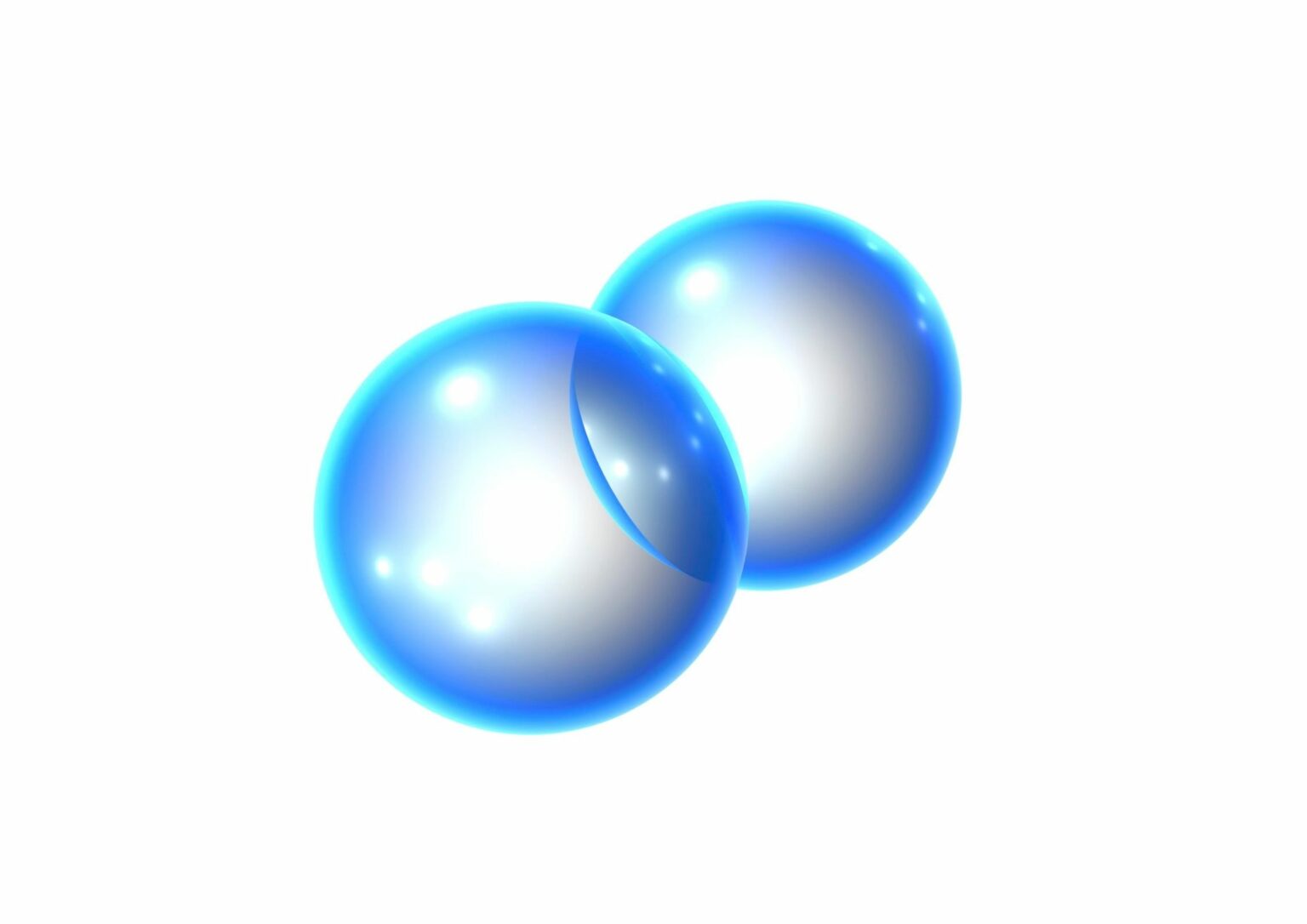Between March 26th to June 19th, Japan’s largest power generator, JERA, will conduct an unprecedented trial of co-firing 20% of ammonia with coal at its Hekinan thermal power station.
Ammonia can be mass-produced using hydrogen derived from natural gas and atmospheric nitrogen. It’s a promising alternative to coal as it doesn’t emit CO2 during combustion, albeit its manufacturers do contribute to greenhouse gas emissions if fossil fuels are used in its creation. Given these attributes, Japan, the world’s fifth-largest CO2 emitter, has recognised the potential of ammonia and hydrogen, aiming to integrate these fuels into thermal power generation and ultimately become carbon neutral by 2050.
Environmentalists, however, warn this shift could merely extend the lifespan of dirty coal-fired power generation. Nonetheless, Katsuya Tanigawa, head of the Hekinan power station, hopes that establishing an effective combustion technology through this demonstrative trial will be “the first step toward promoting zero-emission thermal power plants.”
JERA has set ambitious targets for the trial’s post-evaluation phase. It envisions gradually increasing the ammonia component in an effort to reach 100% in its power plants. By pioneering a new approach to reducing CO2 emissions at coal-fired power plants, it also aspires it’ll provide a practicable model for other countries to follow.
JERA, shared between Tokyo Electric Power and Chubu Electric Power, anticipates an ammonia intake of 40,000 metric tons for the demonstration, however, it has not disclosed its ammonia supplier. Ambitions include commercial implementation of ammonia co-firing at the Hekinan No. 4 unit by 2027 and a trial of replacing 50% of coal with ammonia at the No.5 unit in 2028.
Despite its promise, the adaptation of power plants to use ammonia presents significant hurdles like cost effectiveness, adequate ammonia supply, NOx emissions control technology, and safety protocols for handling poisonous ammonia.
